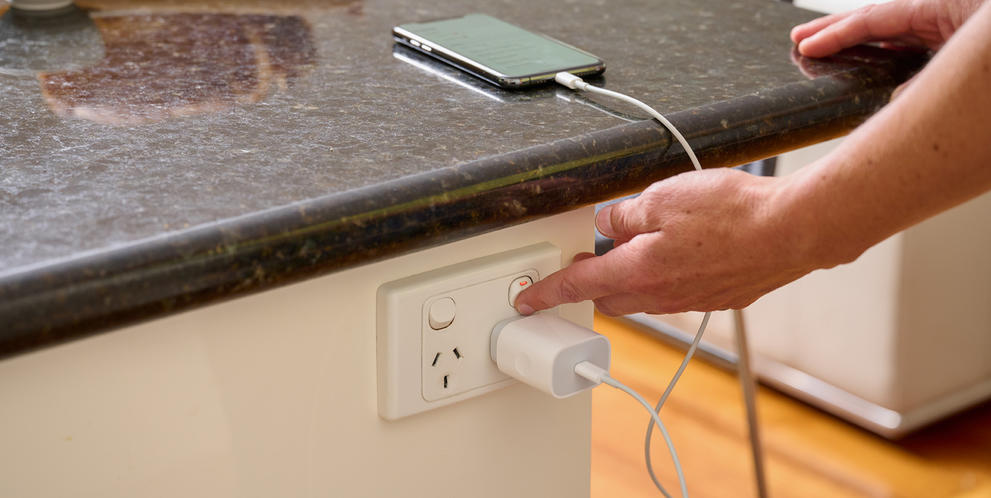Error message title

Error message title
Searching great energy plans for you
How much energy does it actually use to charge our electronic devices?
And how can you charge them in the most energy efficient way?

Mobile phones, tablets, laptops, cameras, toothbrushes, vacuum cleaners…there are a lot of devices charging in our houses throughout the day and the night. But how much energy does it actually use to power them up?
We’ll give you the lowdown on the actual costs of charging your devices and give advice on how to charge them in the most energy efficient way. Helping you to be more aware of your carbon footprint and reducing your daily energy consumption.
Let’s crunch some numbers.
How much electricity does charging a mobile phone use?
Small device – small consumption. The energy capacity of your smartphone is pretty restricted, using an average of 3kWh per year, which may cost less than $1.00 per year.
Of course, this depends on a few factors including the provider, your location, how much you use it and whether you leave it plugged in overnight or not.
How much electricity does charging a tablet or Ipad use?
The average tablet uses 0.015kWh of power, which equates to around three cents per day if plugged in for eight hours. The 11-inch iPad Pro (4th Gen) uses approximately 0.029kWh to charge. If you charge it for two hours, three times a week, that’s 9.048kW per year or $2.35 (calculated using an energy rate of 26c/kWh).
Why you shouldn't charge your phone overnight
Night-time phone chargers take note, once your phone is charged, you’re just wasting power!
To charge your phone five times, it takes about 52 watt hours of energy, that’s about 1 cent on a standard electricity plan. That doesn’t sound like much, but if you leave your device plugged into the charger all the time (especially if it’s at 100%!) it will continue to draw energy from the power outlet. This means that you could be using twice the amount of energy you actually need for charging.
Our advice is to unplug your device and switch it to a low power setting!
Charge your devices with care
Lithium mobile and tablet batteries are designed for fast charging, and they like sprints the best. Try charging your phone multiple times during the day instead of for long stretches or overnight.
You can actually help maintain your battery capacity longer by keeping your device between a 65% and 75% charge. Once your charge dips to around 35%, get it back onto the charger for a sprint and that will preserve the battery life for longer.
Charge your home with solar energy
Take your home energy to the next level and get more out of your solar by joining our Virtual Power Plant.
A Virtual Power Plant (VPP) is a network of connected home solar and battery systems that together support the electricity grid.
You can find out more about ENGIE solar, home batteries and our virtual power plant here.
